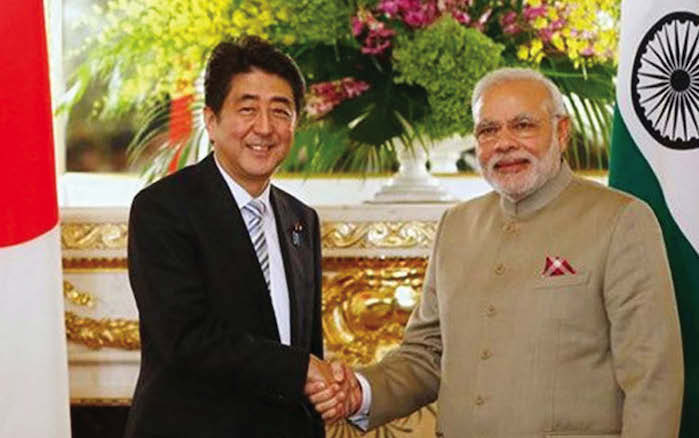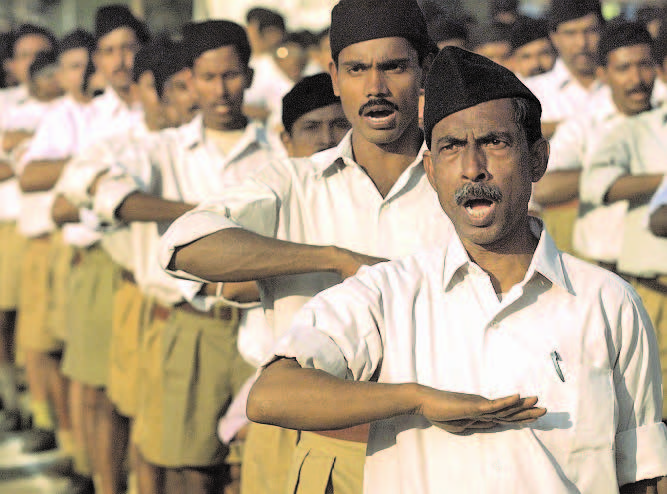
NEW DELHI (TIP): Japanese Prime Minister Shinzo Abe arrives on a three day visit to India on December 11. He comes with the conviction that Japan and India have “a bilateral relationship with the greatest potential in the world”. Abe said, “I will turn this potential into reality. I am convinced that Prime Minister Modi and I can achieve this by working together”.
Key priorities for the discussions between Japanese Prime Minister Abe and Indian Prime Minister Modi will be to make progress with bilateral negotiations regarding civil nuclear energy co-operation and defense ties. A deal for India’s first ‘bullet train’ based on Japanese technology and financing is all set to be concluded. Collaboration on higher education, too, is on the agenda.
Prime Minister Narendra Modi is set to sign a deal with Japanese Prime Minister Shinzo Abe on the country’s first bullet train, with Tokyo financing the bulk of the high-speed rail project between Mumbai and Ahmedabad at a cost of $14.7 billion, one of India’s biggest foreign investments in its infrastructure sector.
Prime Minister Narendra Modi and his Japanese counterpart Shinzo Abe will issue a joint statement on the deal on Saturday during the latter’s visit to India.
India ranked as the second-biggest recipient of Japanese government-backed yen loans as of fiscal 2013, with a running total of 4.45 trillion yen.
The railway loan deal could propel it ahead of the largest borrower, Indonesia, which had a 4.72 trillion yen tally.
Once India decides to adopt Japanese train technology, it will hold a tender for contracts. A consortium including JR East, Kawasaki Heavy Industries and Hitachi is expected to bid.
The Japan International Cooperation Agency and India’s rail ministry began a joint feasibility study on high-speed rail two years ago.
With trains zipping along at up to 320 kph, the Mumbai-Ahmedabad railway is expected to shorten travel time between the two western Indian cities from around eight hours to roughly two.
Construction is supposed to begin in 2017, with completion slated for 2023. India has plans for seven high-speed rail corridors, starting with this one.





Be the first to comment